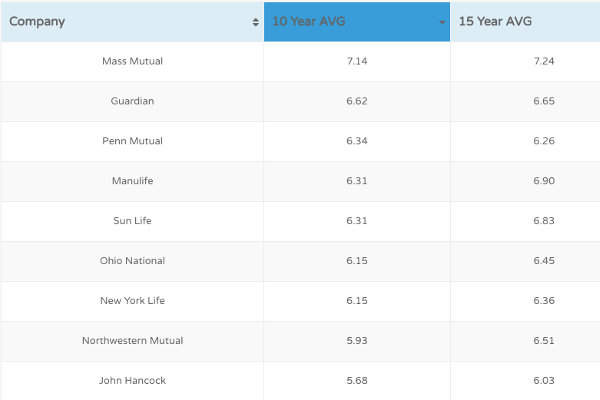When it comes to choosing a life insurance policy, two popular options to consider are whole life insurance and universal life insurance. While both policies provide lifelong coverage and a death benefit, they differ in terms of their investment options and benefits. In this blog post, we will explore the investment aspects of whole life insurance vs universal life insurance, helping you understand the key differences and make an informed decision.
Click below to get a Quote Now
Get Me A Quote
Click below to get a Quote Now
Get Me A Quote
Understanding Whole Life Insurance
Whole life insurance is a type of permanent life insurance that offers lifelong coverage and builds cash value over time. Here are some key points regarding the investment options within whole life insurance:- Cash Value Accumulation: Whole life insurance policies have a cash value component that grows over time. A portion of your premium payments goes towards the cash value, which accumulates on a tax-deferred basis. This cash value can be accessed during your lifetime through policy loans or withdrawals.
- Guaranteed Cash Value Growth: One of the main advantages of whole life insurance is the guaranteed cash value growth. The cash value grows at a predetermined rate, ensuring that your policy's value increases steadily over time, regardless of market conditions.
- Dividend Payments: Some whole life insurance policies offered by participating companies may pay dividends. Dividends are a share of the insurance company's profits and can be used in various ways, such as increasing the policy's cash value, purchasing additional coverage, or receiving them as cash.
Exploring Universal Life Insurance
Universal life insurance is another type of permanent life insurance that provides lifelong coverage with flexibility in premium payments and death benefit. Let's delve into the investment options within universal life insurance:- Cash Value and Investment Accounts: Universal life insurance policies typically have two components: a cash value account and an investment account. The cash value account grows based on a minimum interest rate set by the insurance company, while the investment account allows for more flexibility and potential higher returns.
- Market-Linked Returns: Universal life insurance policies often offer investment options tied to the performance of financial markets, such as stocks, bonds, or mutual funds. The returns on these investments are not guaranteed and can fluctuate based on market conditions.
- Adjustable Death Benefit: With universal life insurance, you have the flexibility to adjust the death benefit amount within certain limits. This feature allows you to increase or decrease the coverage based on your changing needs and financial goals.
Secure Tomorrow with No Exam Whole Life Insurance.
Click below to get a Quote Now
Get Me A Quote
Considerations for No Medical Exam Whole Life Insurance
- Higher Premiums: Since no medical exam policies rely on limited information for underwriting, insurance companies may offset the potential risk by charging higher premiums compared to traditional policies that require a medical exam.
- Coverage Limitations: No medical exam whole life insurance policies typically have lower coverage limits compared to policies that involve a medical examination. These policies may be more suitable for individuals seeking smaller coverage amounts.
- Simplified Underwriting: While the absence of a medical exam may expedite the application process, it also means that the insurance company has limited information about the applicant's health. Consequently, the policy may include exclusions or limitations on coverage for certain health conditions.
Is No Medical Exam Whole Life Insurance a Good Investment?
Determining whether no medical exam whole life insurance is a good investment depends on individual circumstances and goals. Consider the following factors:- Health Condition: If you have pre-existing health conditions or anticipate challenges in passing a medical exam, a no medical exam policy can provide an opportunity to obtain life insurance coverage.
- Urgency: If you require immediate coverage or prefer a streamlined application process, a no medical exam policy can offer a quicker solution.
- Coverage Needs: Evaluate your coverage needs and compare them to the limitations of no medical exam policies. If the coverage amount and features align with your requirements, it may be a suitable investment option.
- Financial Planning: Assess the potential cash value growth and long-term benefits of the policy. Evaluate the policy's provisions for dividends, cash value accumulation, and any additional riders or features that align with your financial goals.
Conclusion
No medical exam whole life insurance presents a convenient and accessible option for obtaining life insurance coverage without undergoing a medical examination. While it offers advantages such as convenience and quicker coverage decisions, it is essential to carefully consider the potential limitations and higher premiums associated with these policies. Ultimately, whether it is a good investment depends on your specific circumstances, health condition, and coverage needs. Consult with a reputable insurance agent or financial advisor to determine the best course of action and ensure that your investment aligns with your long-term financial goals.Secure Tomorrow with No Exam Whole Life Insurance.
Click below to get a Quote Now
Get Me A Quote




